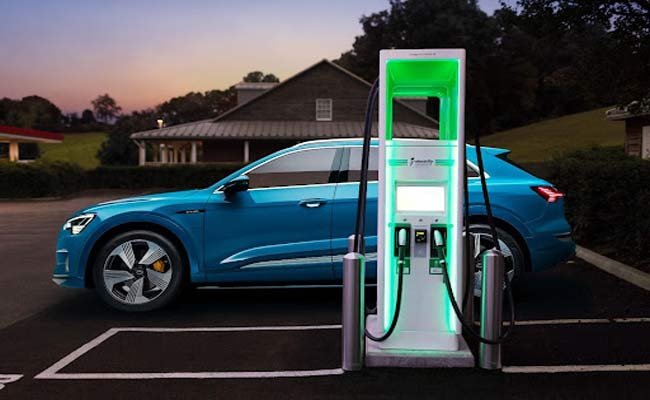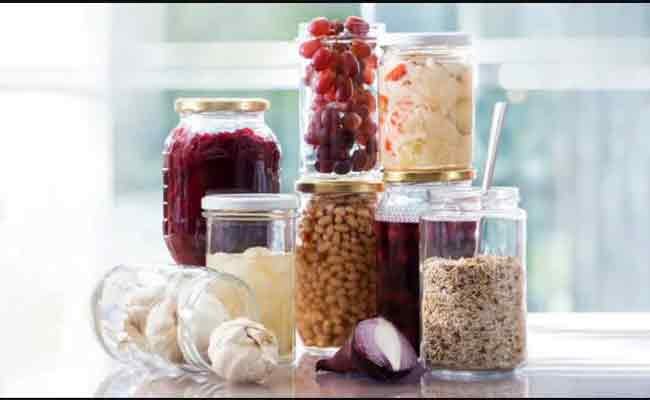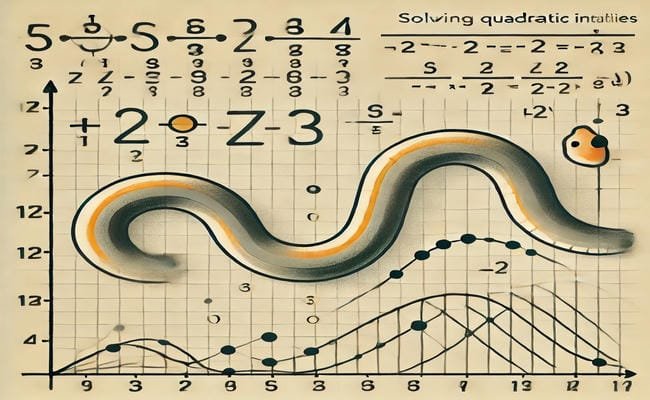
Will All These New Electric Cars Crash The Power Grid?
September 25, 2021
Report Robloxanastasiowired 2023 PLAY THE GAME And EARN MONEY
April 3, 2022Our today’s topic is the Benefits Of Bottled And Jarred Packaged Goods 2023. We’re all familiar with bottled and jarred packaged products. It was a form of invention aimed to let people carry items more effectively. As people’s mobility and migration throughout the world have risen. So has the movement of bottled and jarred packaged items, which has increased dramatically. When people moved from one place to another, they brought their things with them.
Individuals eventually began to make items from diverse cultures in various parts of the world. Which offered income opportunities for those engaged. Carrying and distributing the items to clients, on the other hand, was a huge issue. This is the point at which the idea comes into play. The market developed due to packaged items in jars and bottles.
Because of their immense popularity, these jars and bottles are now mass-produced on a massive industrial scale. The entire world has grown to rely on them due to the incredible simplicity and comfort that they provide. Nonetheless, when taken in excess, everything has its own set of benefits and drawbacks. These pre-packaged and jarred meals each have their own set of benefits and drawbacks. We will detail you so you can discern the difference.
So, let’s look at packaged goods, especially bottled and jarred packaged goods.
Benefits Of Bottled And Jarred Packaged Goods 2023
What Distinguishes Bottled And Jarred Packaged Goods From Other Goods?
Individually packaged items, often known as consumer packaged goods, are everyday commodities for people. These are items that meet customers’ demands for everyday products but are only accessible in small quantities.
Packaged products produce ready-to-use objects, but they are not widely available. These products are for individual use, but they are also intended for everyone based on their needs.
Product packaging is to safeguard items from damage during transit and tampering. And it also saves contamination, as well as retains the integrity of the product.
Packaged goods are frequently utilized and preferred by customers. Because they are easy to carry, store, and use cost-effectively. When buying packaged goods, one does not have to buy large quantities of commodities. And then struggle to store, preserve, and transport them on their own.
Packaged goods, such as bottled and jarred packaged items, are available in a variety of sizes and quantities. It is allowing consumers to buy them whenever they need them.
Commodity packaging enables the movement of a diverse range of things throughout the world using a variety of forms of transportation.
Definition of Packaged Goods In Bottles And Jars?
Containerized packaged goods, also known as bottled and jarred packaged goods, are items sold in plastic bottles or glass jars. This category of commodities may encompass whatever you require in your daily life. Hair oil, floor cleaning, detergent powder, dishwasher, pharmaceuticals, and so forth are all examples. The bulk of bottled and jarred packaged commodities, however, are food products.
Bottled and jarred packaged goods are all food products. Whether liquid or dry, that you buy from the market is safe in plastic bottles or glass jars. The most basic and extensively used example of a packaged food product with its packaged drinking water. It’s something we’ve all heard about. Aside from coffee powder and ketchup bottles, other culinary goods we buy in bottles or jars include squashes, jellies, pickles, oil, frozen vegetables, and fruits.
The Importance of Bottled and Jarred Packaged Goods Distribution
The introduction of bottled and jarred packaged items to the client. Packaged Items have a lot of advantages. Properly wrapped bottled and jarred foods safeguard the contents from the inside out and against harm. Packing is one of the requirements to keep objects secure during transport from one location to another.
It aids in avoiding or reducing the danger of product damage throughout the transportation procedure. As a result, the goods you have to pack in a dependable manner. The use of a sealed lock product package ensures the product’s security.
One of the functional characteristics of product packaging, according to marketing strategies, is that it encourages the product and allows for a better product presentation. A well-designed packaging delivers a plethora of information on the things included within.
Attractive packaging has the ability to attract more customers. A well-designed product’s packaging produces a wonderful first impression on buyers, who are more inclined to acquire the items. As a result, the packaging’s design is equally as important as the product’s safety.
Several companies create one-of-a-kind items. And what separates them is their packaging; bottled and jarred packaged foods. It may help distinguish them from competitors and catch buyers’ attention. Whatever the product, its packaging should be in good condition and size, as well as simple to use and visually appealing to the buyer.
1. Bottles Made Of Plastic
Plastic bottles have several applications and we can change it to any design. As a result, you may adjust it to the protected item. Jars, bottles, and even cases fall under this category. Despite a number of disadvantages, plastic containers are commonly used in industry. To preserve things as well as transport or distribute them. Plastic is not heat resistant and absorbs food odors and flavors quickly.
The biggest disadvantage is that it has a negative influence on the environment. Plastic is not biodegradable, and while you can recycle them, we are not able to use it for human purposes. Cheese platters, yogurt containers, and beverage bottles are a few examples.
2. Packaging In Cardboard
Lightweight, tensile strength and recycling are all advantages of cardboard packaging. It is frequently used to store, display, and carry food. Takeaway dinners, fruit and vegetable boxes, nut tubs, condiment tubes, and frozen food boxes are all common places to find them.
The material is not strong enough to preserve food supplemented with another substance. It is also incredibly porous and quickly dissipates moisture from its contents.
3. Containers Made Of Metal
Metal allows for an airtight seal, which aids in food preservation. Metal containers are also used for canned products because they provide enough protection for the product. The metal wrap is frequently used to keep fish, fruits, vegetables, and patés fresh.
Metal containers are difficult to store, and certain metals, such as steel, are prone to corrosion, resulting in metal deterioration.
4. Glass Bottles
They never rust and are resistant to gasses. Because of its high-temperature resistance, this type of container is devoid of additives for greater conservation and for reuse.
It is more expensive than glass containers. Beer and jam are two prominent examples of this container type.
5. Packing Made Of Wood
Wooden packaging is a long-lasting material that is also environmentally beneficial. Wood is commonly used to store liquids such as oil, beer, and wine. According to experts, this material is ideal for this product since it preserves taste and quality. Fruits and vegetables are also packed in wooden boxes to seem like gourmet products. The downside is that wood is flammable. It requires more storage space and is more expensive than other materials.
6. Containers Made Of Aluminum
Because of its low cost and simplicity of manufacture, it is one of the most often utilized materials in the industry. The key advantage of this packaging is that it is recyclable, safe, and extends the shelf life of food. Aluminum is found in plastic trays and bags.
Aluminum containers are expensive and may deform or disintegrate after use. Liquids have the potential to damage interior materials.
The Benefits Of Bottled And Jarred Packaged Goods
Bottled and jarred packaged items serve the buyer, the manufacturer, and the store all at the same time. They are looking for a godsend for those who live far from home and alone.
- Because we are able to store it in a temperature-controlled environment, its contents are ready to eat at any time of day or night.
- They are easy to keep and do not require additional protection such as that offered by storing them in any type of container.
- Food packed in bottles or jars is considered less contaminated and safer than food purchased loose.
- When food and other multi-purpose goods store in jars and bottles, their shelf life increases.
- The packaging is recyclable and protects against both environmental and physical harm.
- As a result, the objects’ handling, storage, and transportation are simpler.
- Using a glass jar to hold food and drinks increases the quality of the meal. the product’s sanitation It prevents food from coming into contact with air and bacteria while it’s cooked.
- Glass jars help to keep food fresh for an extended amount of time.
- Because glass jars and plastic bottles are transparent, it is easy to identify the goods contained within them.
- Plastic bottles and glass jars have excellent sealing lids that operate long after we open them.
- Customers may buy what they need because products are available in a range of sizes and quantities in bottles and jars.
Bottled And Jarred Packaged Goods Have Several Drawbacks.
Bottled and jarred packaged goods, like everything else, have advantages and cons. It is critical to be aware of the drawbacks of using bottled and jarred packaged foods. In this part, we looked at some of the drawbacks of bottled and jarred packaged goods:
- The packaging of things in bottles and jars generates a large amount of plastic waste.
- The cost of packing products boosts the price of the product, which is passed on to the buyer. This is due to the fact that the smaller the packaging size, the greater the total cost of the items.
- The major focus is on health; packaged food and any other thing we put on our bodies are not good for our health.
- Consuming packaged goods is harmful to your health since they include artificial tastes.
- The garbage created by item packaging adds to a 20% rise in waste in an environment that is eliminated.
- Plastic packaging is well-known for being non-biodegradable and harmful to other living things, especially animals on land and in the water.
- These bottles and jars are recoverable, but the cost of recycling, as well as the time-consuming nature of the process, make it difficult.
- You also utilized recyclable materials. Glass and plastic are not thought to be safe to use again and forever.
- Glass bottles and jars are more prone to breakage
1. Food Preservation
Many people prefer packaged meals over unpackaged food. They believe it is of high quality, devoid of viruses and diseases, has an appealing look, and has a full product description, among other things.
When opposed to processed and packaged foods, packaged foods contain no viruses or germs. They are also more sanitary and fresh. They include some bacteria, viruses, and other viruses, but not all of them.
2. Food Description
The food wrapped in a package includes precise product details. Jars also have the date of manufacture and the expiration date printed on them. Such as the cost of the components, the number of ingredients, and the quality of the ingredients. . every component of the product’s design
3. Brand
The term “brand” refers to a company’s reputation and the fact that we are all members of a specific brand whose products we select. When it comes to food packaging, it assists customers in recognizing the brand and serves as an incentive for them to acquire it. It also can be used by brands to help differentiate their products from those of their top competitors.
4. It Is Less Difficult To Transport
Food wrapped in bags is significantly more portable than unpacked items. As a result, many people choose to buy canned and bottled foods rather than packaged ones.
FAQS
What exactly is a package?
Packaged products produce goods that are not in quantity. The company polished it before they can sell it or handle it to people.
Is it safe to consume packaged foods?
Although most packaged foods are safe to consume, The receivers are also handled and stored with care to avoid contamination by dirt or germs. Packaged fruits and vegetables can be consumed as soon as possible since they will decay.
Which of the bottled and jared options did you choose?
Bottled and jar package goods are more popular than anyone. This is one of the best. You can select any other within your budget
Final Thoughts
Many processing processes are in the production of packaged commodities in bottles and jars. This is especially true when it comes to food goods, as they move through a number of phases that are free of microbe growth conditions. We hope that the information provided has helped you. It also helps you to understand the benefits and drawbacks of bottled and jarred Packaged Goods.



